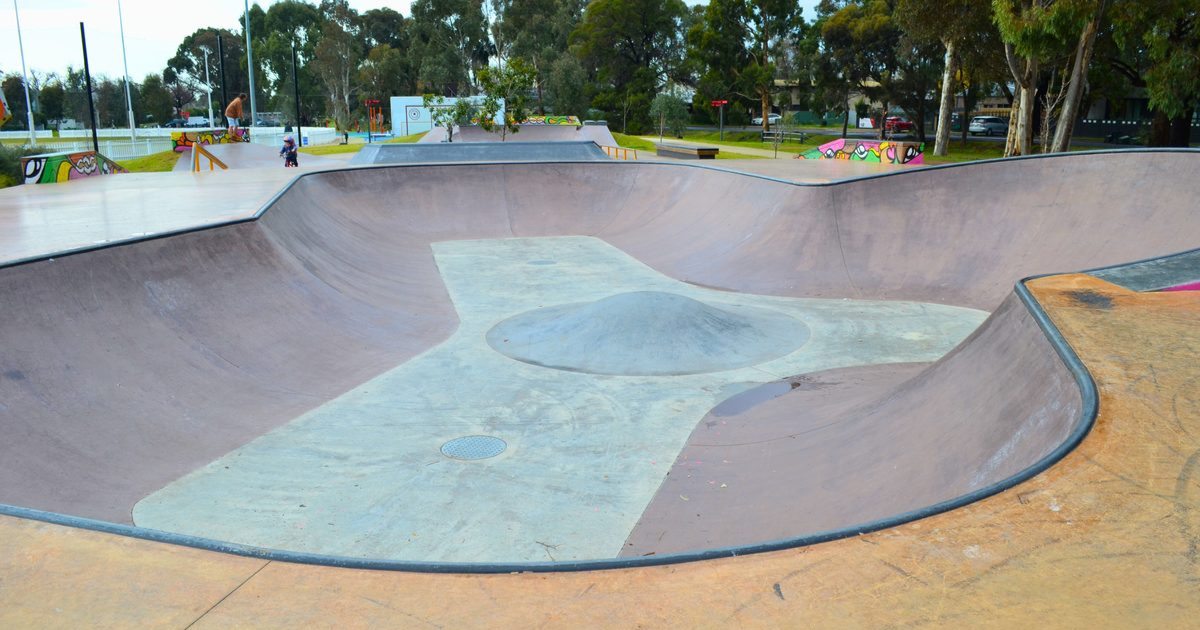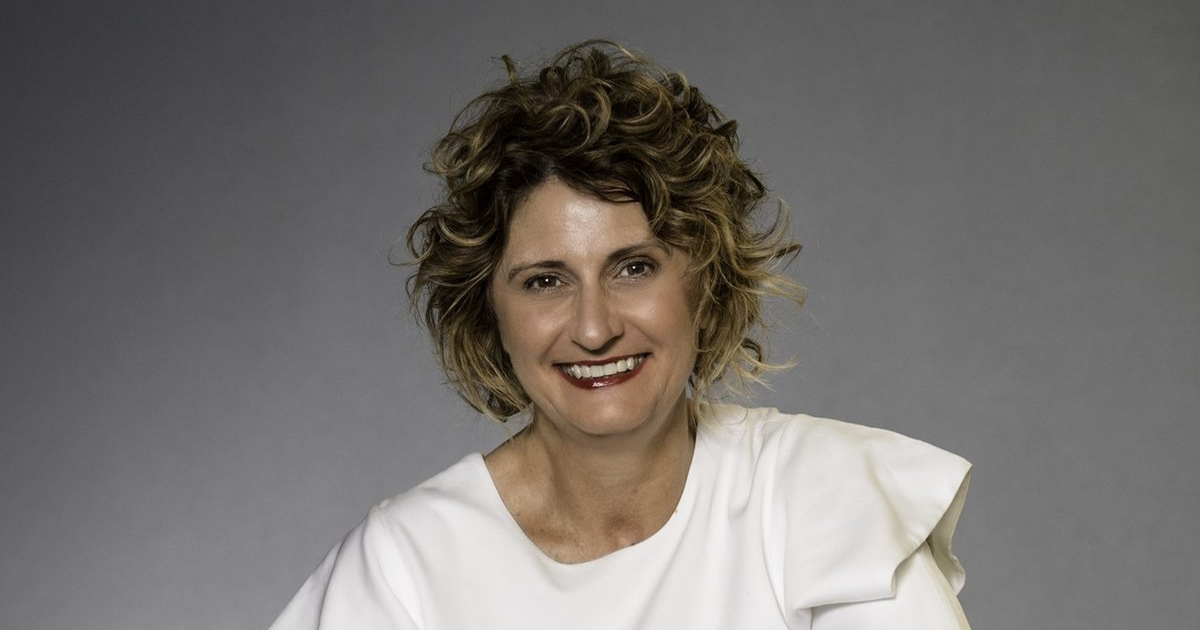Shire attracting qualified residents

Although it is growing, the Surf Coast Shire is tiny compared to its neighbours, with its permanent population of 35,000.
PEOPLE making the seachange and treechange to the Surf Coast have turned the municipality into one of the smartest in the state.
Speaking during a Regional Australia Institute (RAI) webinar last week, Surf Coast Shire mayor Libby Stapleton said the shire now had the highest level of qualifications per capita in Victoria, higher than both Melbourne and Geelong.
“These people are leaving the corporate world to create their own creative and entrepreneurial businesses, or in some cases they’re fortunate where they can work 70 per cent of their time on the coast and commute up to Melbourne one or two days if needed.”
Living and working on the Surf Coast has become increasingly popular and possible for Melburnians and others in recent years, and Cr Stapleton said this had been accelerated by COVID-19 and the subsequent need for people to work from home.
“We know that small businesses make up about 90 per cent of all Surf Coast businesses and the pandemic has had a huge influence on the types of jobs that people look to in the Surf Coast.
“We’ve seen a transition in those industries and a real shift towards knowledge workers’ jobs, so people have been able to move out of the office and into the virtual world.
“And that’s rapidly fuelling movement to our part of the world that was probably happening anyway, but COVID has just exacerbated the rate of that change.”
Three years ago, the RAI rated the Surf Coast Shire as one of Australia’s top five “hot spots” for creative industries in all categories, but especially in both advertising and marketing; and architecture, design and visual arts.
Cr Stapleton said there were now 8,400 home-based businesses in the Surf Coast, with 4,000 of those in Torquay and Jan Juc alone, but said a higher percentage of the increase had been in the shire’s hinterland.
She said the Surf Coast Shire was in a phase of transition, and the council’s economic plans looked to diversify the municipality’s economy to reduce reliance on tourism.
More than half of visitors to the shire were daytrippers, Cr Stapleton said, and that proportion was predicted
to increase.
“That kind of growth tends to bring high visitation and low spend, which is probably the opposite of what we’d like to see, so we are a region with strong tourism but we recognise that it comes with its challenges.”
Although it is growing, the Surf Coast Shire is tiny compared to its neighbours, with its permanent population of 35,000 seven times smaller than the about 260,000 in the City of Greater Geelong and smaller still than the 413,000 in western Melbourne alone and the more than seven million visitors (in 2019) to the Great Ocean Road.
“We have a fast rate of growth but a lot of growth around us, which is one of the big things we need to consider and factor in over the coming years,” Cr Stapleton said.
She said the council was still awaiting the outcomes of the Surf Coast Distinctive Area and Landscape program, which would determine “what sort of population the Surf Coast can cater for” especially in Torquay and
Jan Juc.

















